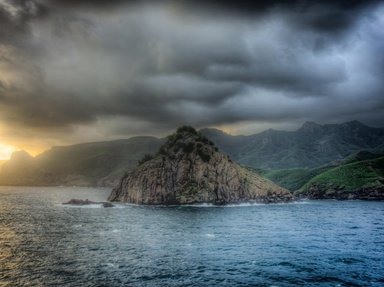
Mela, Poly, Micro ...nesia Trivia Quiz
The Pacific Ocean is full of thousands of islands, each with its own unique landscape, culture and history. These islands are often grouped into three main sub-regions: Melanesia, Polynesia and Micronesia.
A classification quiz
by wellenbrecher.
Estimated time: 3 mins.